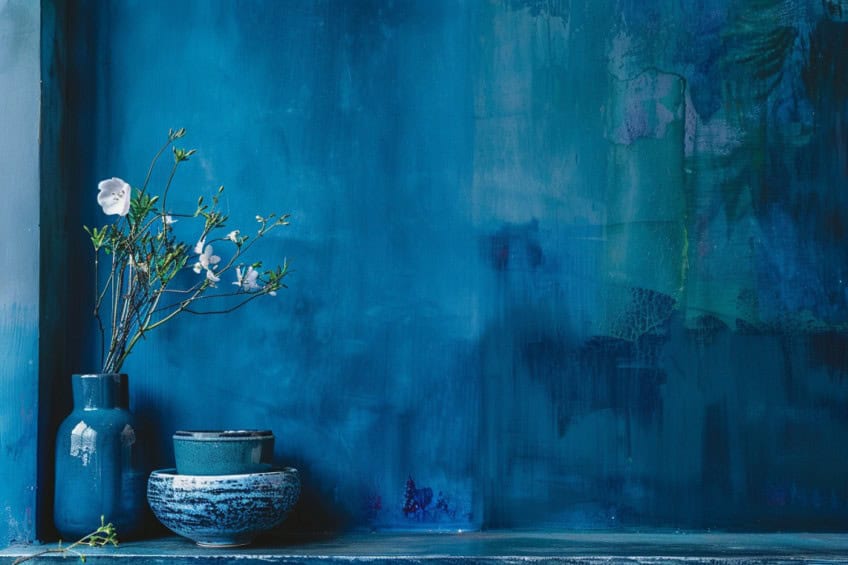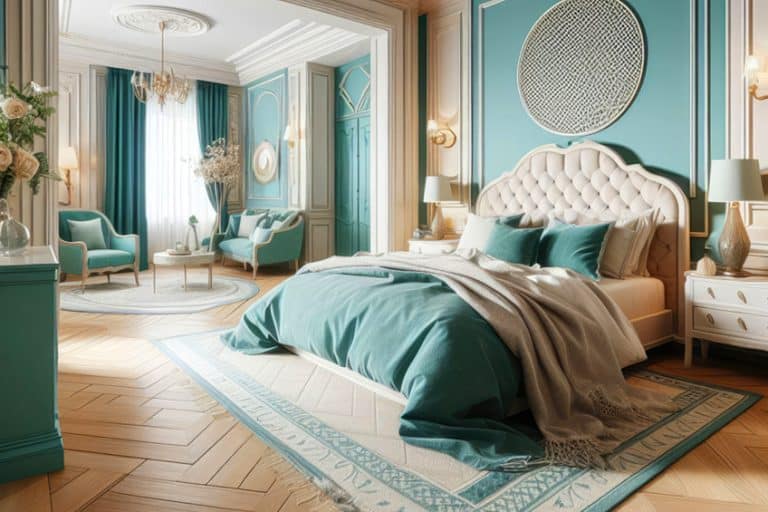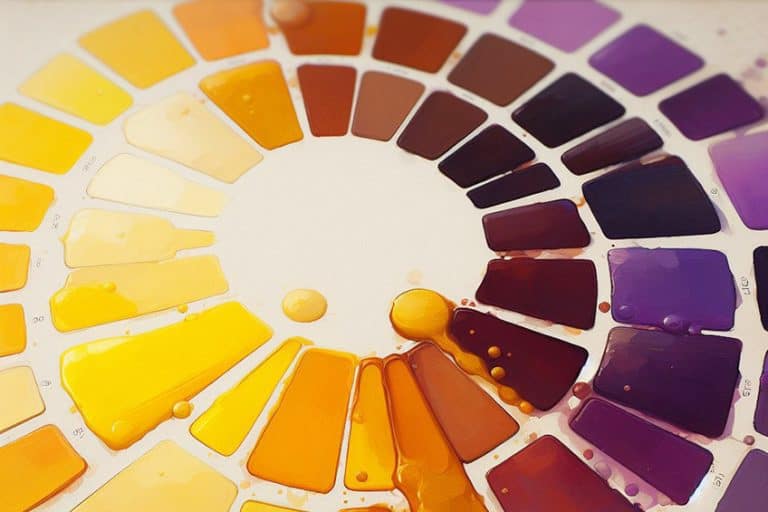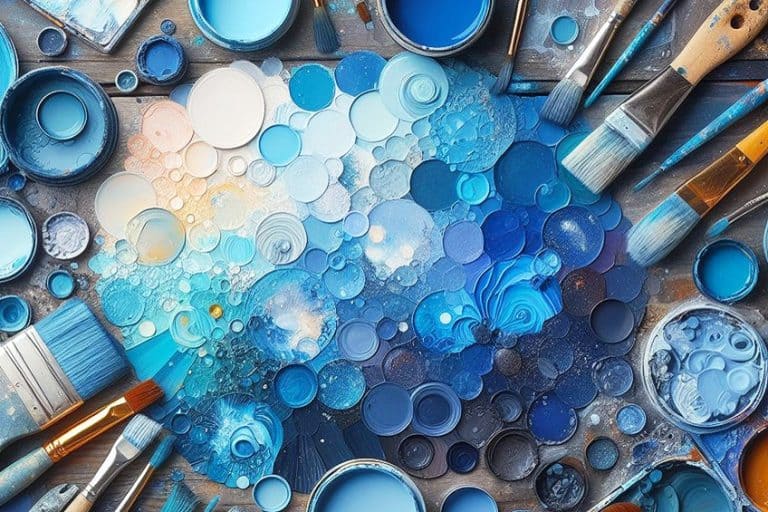The Most Popular Color Is Blue – A Symbol of Calm and Trust
Blue is often cited as the most popular color worldwide, known for its calming and serene qualities. In color theory, blue is associated with depth, stability, and trust, making it a favorite in various cultural and psychological contexts. Its prevalence in nature, from the sky to the ocean, reinforces its universal appeal. Whether evoking feelings of tranquility or melancholy, blue’s versatility and emotional range make it a dominant force in art, design, and branding. Understanding why blue resonates so deeply helps explain its enduring popularity across generations and cultures.
Key Takeaways
- Blue is the most popular color in the world.
- Blue signifies trust and has cultural importance.
- It is prevalent in nature and extensively used in designs.
Understanding the Color Blue
| Shade | Hex Code | CMYK Color Code (%) | RGB Color Code | Color |
| Blue | #0000FF | 100, 100, 0, 0 | 0, 0, 255 | |
| Light Blue | #ADD8E6 | 22, 6, 0, 10 | 173, 216, 230 | |
| Sky Blue | #87CEEB | 31, 9, 0, 8 | 135, 206, 235 | |
| Royal Blue | #4169E1 | 72, 55, 0, 12 | 65, 105, 225 | |
| Dodger Blue | #1E90FF | 88, 44, 0, 0 | 30, 144, 255 | |
| Steel Blue | #4682B4 | 59, 27, 0, 29 | 70, 130, 180 |
Throughout history, humans have been captivated by colors, but one hue consistently emerges as a universal favorite: blue. Its appeal spans across continents and cultures, with surveys frequently highlighting blue as the world’s most beloved color.
In a 2015 global survey, blue was identified as the most popular color, reflecting its consistent role in evoking trust and serenity across various cultures. This profound admiration for blue can be attributed to its diverse presence in nature and its cultural significance.
From the vast sky to the deepest oceans, blue surrounds and inspires us, influencing art, fashion, and even business logos. Its calming effect is often associated with stability and peace, resonating deeply within individuals regardless of demographic boundaries. Moreover, in branding and design, blue is widely used to invoke feelings of trust and security, making it a staple choice for companies worldwide.
Characteristics of Blue
Blue is linked with trust, security, and stability, making it a favored choice in business environments and uniforms. Its shades range from light sky blue, which evokes serenity, to dark navy blue, conveying professionalism. It is associated with calmness and can have a soothing effect on the mind.
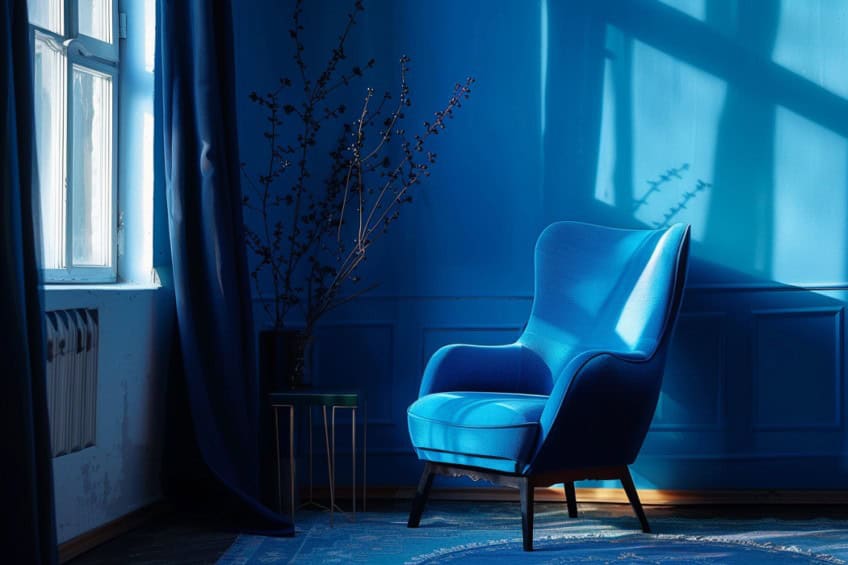
This color is prevalent in nature, seen in the sky and oceans, which contributes to its universal appeal. Psychologically, blue can stimulate clear thought and aid concentration, often used in learning and working environments.
Why Is Blue the World’s Favorite Color?
Blue consistently ranks as the most popular color worldwide, appealing to diverse demographics. This preference is partially due to its widespread presence in natural settings, such as seas and skies, which are common across different cultures and geographies.
The color’s association with positive attributes like honesty, reliability, and calmness promotes its popularity.
It is often used in branding to convey a sense of trust, which enhances consumer acceptance. Additionally, its versatility allows it to be used effectively in various contexts, from fashion to interior design, further solidifying its status as a global favorite.
Cultural Significance of Blue
Blue has deep cultural associations, influencing identity, politics, and the symbolism within national flags. Its links to trust, loyalty, and security are evident across various global cultures.
Impact on Identity and Politics
In the United States, blue is a prominent political color. It represents the Democratic Party, symbolizing trust and progressivism. Republicans, on the other hand, are represented by red. This color distinction plays a crucial role in shaping political identities and affiliations.
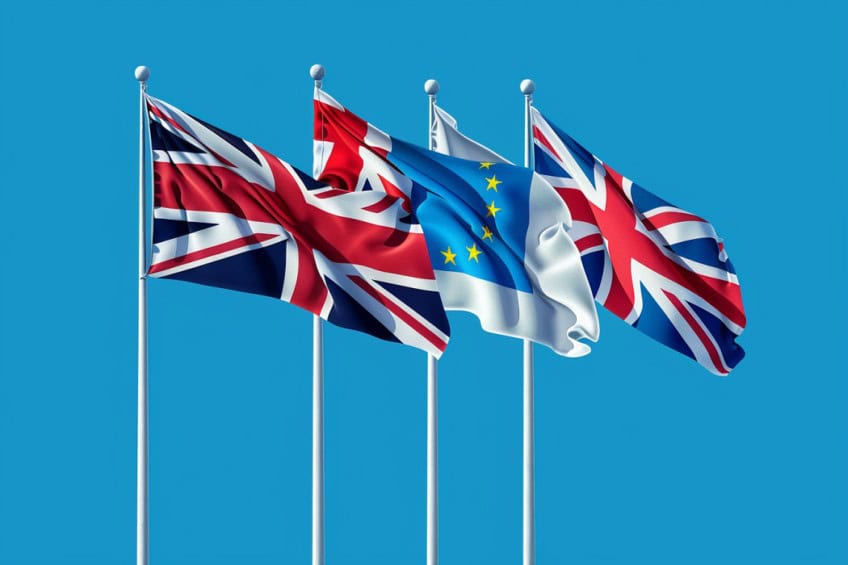
In other cultures, blue often signifies harmony and loyalty. In China, blue is associated with immortality and advancement, highlighting a cultural focus on longevity and growth. Similarly, in Australia, blue conveys a sense of stability and trust, integral to national identity and political discourse. These connections highlight blue’s role in constructing and conveying political and cultural identities.
Blue in National Flags
Blue features prominently in many national flags, symbolizing values like freedom, trust, and peace. The American flag incorporates blue to represent vigilance and perseverance, underscoring national ideals. In the flag of Australia, blue represents loyalty and commitment, echoing the unity of the Commonwealth.
The Chinese flag does not feature blue, but elsewhere, such as in the flags of European nations, blue frequently symbolizes strong cultural bonds.
For example, the blue in the French flag signifies liberty, a fundamental principle of the nation. These examples illustrate how blue remains an essential component in conveying identity and shared values through national symbols.
Blue in Nature and Symbolism
The color blue plays a significant role in both nature and symbolism. Found in the sky and water, blue is often associated with mystery and tranquility. Psychologically, it can evoke a range of moods, from calmness to sadness.
Psychological Effects
Blue has a profound impact on mood and emotional well-being. Known for its calming properties, it is often linked to feelings of peace and tranquility. When people see blue, they often feel a sense of trust and loyalty. However, blue can also evoke negative emotions such as sadness and loneliness.
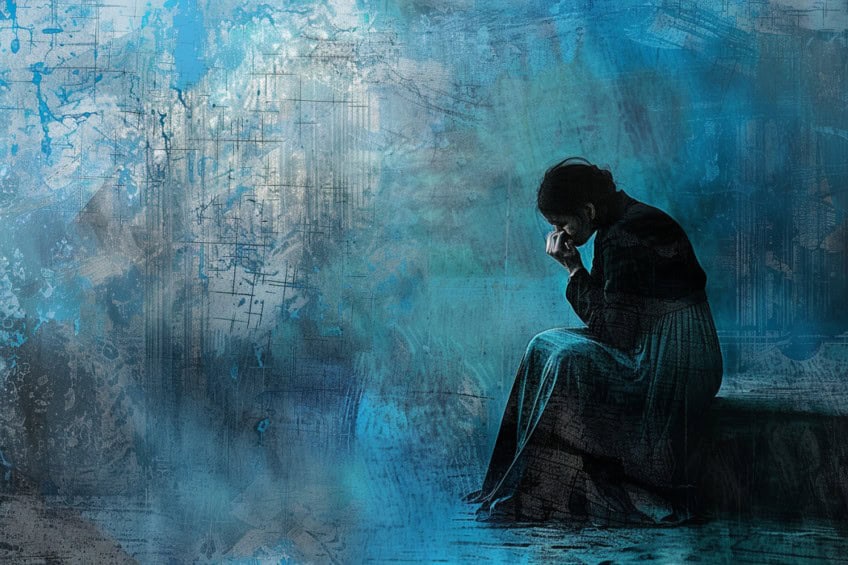
Common expressions like “feeling blue” highlight how it is associated with low mood or melancholy. Despite this, its positive effects are widely recognized, especially in its ability to enhance creativity and communication.
Representations of Blue
In nature, blue often symbolizes depth and mystery. The vast blue sky and expansive oceans give a sense of endless wonder and exploration. Culturally, blue represents trustworthiness and reliability. Often used in corporate logos and uniforms, blue is associated with stability.
Blue is also prominent in art and fashion, signaling innovation and modernity.
In health and wellness, blue is used to denote calm and relaxation, such as in healing practices and meditation spaces. Through its diverse representations, blue remains a powerful and versatile color, resonating across different aspects of life.
Demographics and Preference
Blue consistently ranks as the world’s most popular color, appealing to a broad range of age groups and regions. Its preference is notable among different demographics, with distinct trends in generational and regional contexts.
Generational Appeal
Preferences for blue vary across age groups. Younger individuals often favor brighter colors, yet blue remains a popular choice among all ages. Research indicates that preferences can shift to darker hues with age, but blue continues to maintain high popularity.
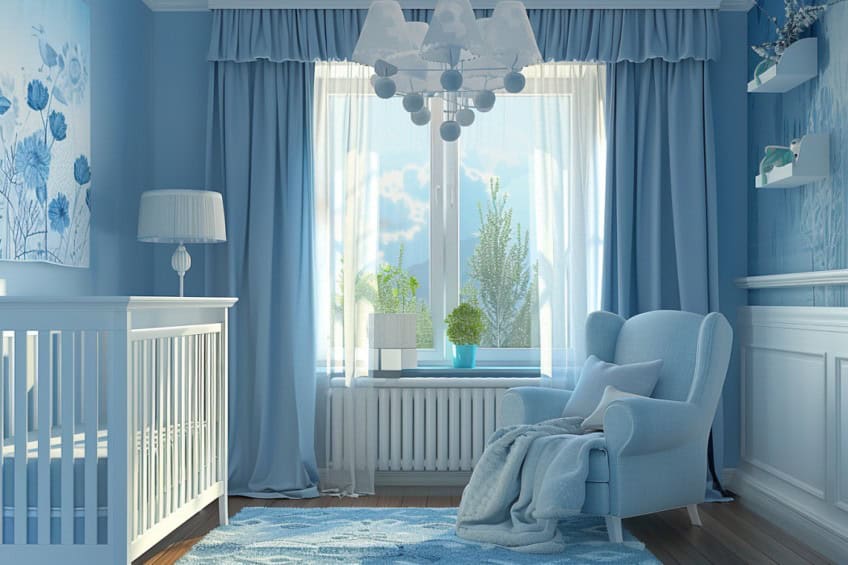
This trend is evident in global surveys, showing that blue’s allure spans generations. Its association with positive attributes such as calm and stability may contribute to its sustained appeal across diverse age groups.
Regional Variations
Regionally, blue is favored in many countries, including the United States, China, and Australia. YouGov surveys suggest blue is more popular among men than women, but it is still a top choice for women in several regions. In China and Australia, blue’s popularity reflects cultural and aesthetic values, with local variations in shades and intensities influencing preference.
The universal positive associations with blue, such as clear skies and clean water, underline its widespread appeal despite regional differences.
Blue Across Various Applications
Blue’s prominence spans numerous fields, capturing attention through its calming and reliable associations. Its impact is significant in both design and branding as well as fashion and art, where its qualities link to emotional and psychological aspects like trust, calmness, and creativity.
Influence in Design and Branding
Blue is a prevalent choice in design and branding due to its associations with trust, loyalty, and reliability. Companies like Facebook, LinkedIn, and IBM utilize blue in their logos to convey stability and professionalism. This color helps in fostering a sense of confidence among users and consumers.
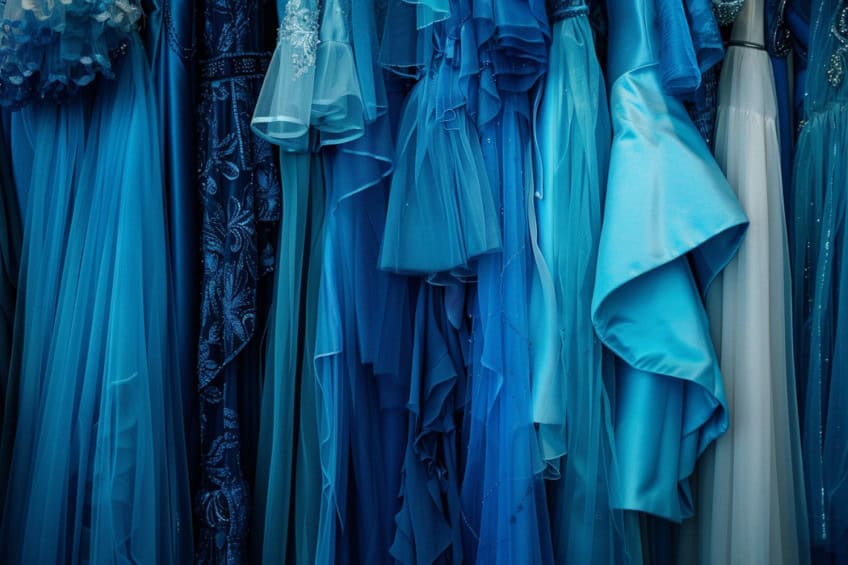
In interior design, blue is often used to create calming environments, making it popular in bedrooms and offices. Its ability to evoke feelings of peace and tranquility supports productivity, aligning well with professional settings.
Blue in Fashion and Art
In fashion, blue stands out as a versatile and enduring choice. It signifies calmness and stability and is seen in everything from casual wear to formal attire. Designers leverage its adaptability to convey both elegance and relaxation, making it a staple in wardrobes worldwide.
In art, blue symbolizes diverse themes from melancholy to imagination.
Artists have historically used blue to evoke emotions and mood, with iconic works such as Picasso’s Blue Period showcasing its expressive potential. Its rich shades add depth and complexity, playing a crucial role in visual storytelling.
Blue’s status as the most popular color is a testament to its profound impact on human emotions and perceptions. Its ability to evoke both calm and confidence, coupled with its natural prevalence, makes it a color of balance and universal appeal. From art and fashion to branding and interior design, blue’s versatility continues to shape how we experience and interact with the world. Whether symbolizing peace, trust, or introspection, blue remains a timeless favorite that transcends cultural and generational boundaries.
Frequently Asked Questions
Why Is Blue Considered the Most Popular Color Globally?
Blue consistently ranks as a favorite color in various surveys and studies. This preference is linked to the color’s association with universally positive elements such as the sky and ocean. These elements contribute to a sense of tranquility and stability, which many find appealing.
How Has the Popularity of Blue Evolved Over Time?
Historically, blue has maintained a steady position among the top preferred colors. While other hues like white and silver see fluctuating popularity, especially in areas like automotive paint choices, blue remains a consistent choice. Its evolving shades continue to adapt to cultural and fashion trends, keeping it relevant.
What Makes Blue the Most Prevalent Color in Various Cultures?
Culturally, blue holds diverse meanings and significance. In many Western cultures, it symbolizes calmness and security, while in others, like in China, it represents immortality. This broad cultural acceptance helps maintain its popularity across different regions and traditions.
Does Blue Rank As the Most Noticeable Color to Human Perception?
Blue is not the most noticeable color in terms of visibility, which typically falls to brighter shades like red or yellow due to their longer wavelengths. However, blue’s association with positive attributes and its prevalence in natural surroundings enhance its mental and emotional visibility in human perception.
Isabella studied at the University of Cape Town in South Africa and graduated with a Bachelor of Arts majoring in English Literature & Language and Psychology. Throughout her undergraduate years, she took Art History as an additional subject and absolutely loved it. Building on from her art history knowledge that began in high school, art has always been a particular area of fascination for her. From learning about artworks previously unknown to her, or sharpening her existing understanding of specific works, the ability to continue learning within this interesting sphere excites her greatly.
Her focal points of interest in art history encompass profiling specific artists and art movements, as it is these areas where she is able to really dig deep into the rich narrative of the art world. Additionally, she particularly enjoys exploring the different artistic styles of the 20th century, as well as the important impact that female artists have had on the development of art history.
Learn more about Isabella Meyer and the Art in Context Team.
Cite this Article
Isabella, Meyer, “The Most Popular Color Is Blue – A Symbol of Calm and Trust.” Art in Context. January 10, 2025. URL: https://artincontext.org/the-most-popular-color-is-blue/
Meyer, I. (2025, 10 January). The Most Popular Color Is Blue – A Symbol of Calm and Trust. Art in Context. https://artincontext.org/the-most-popular-color-is-blue/
Meyer, Isabella. “The Most Popular Color Is Blue – A Symbol of Calm and Trust.” Art in Context, January 10, 2025. https://artincontext.org/the-most-popular-color-is-blue/.


